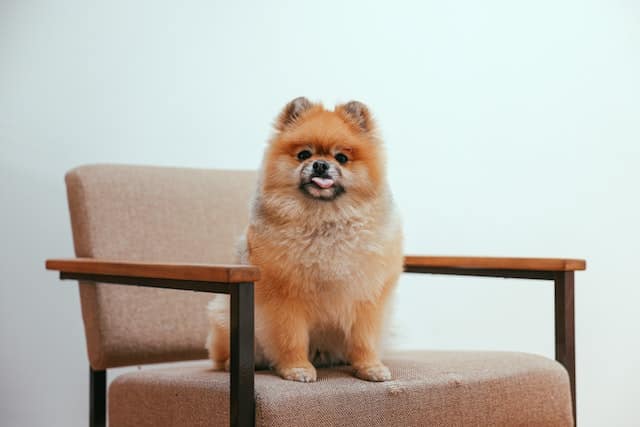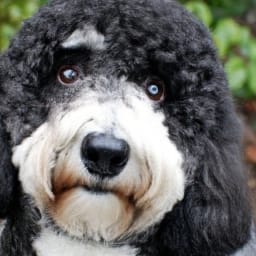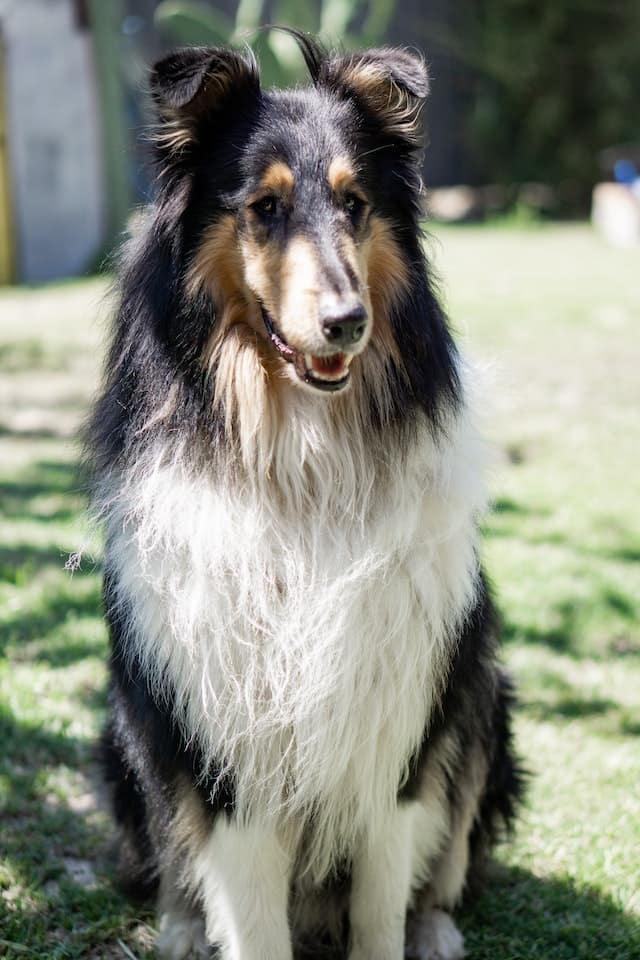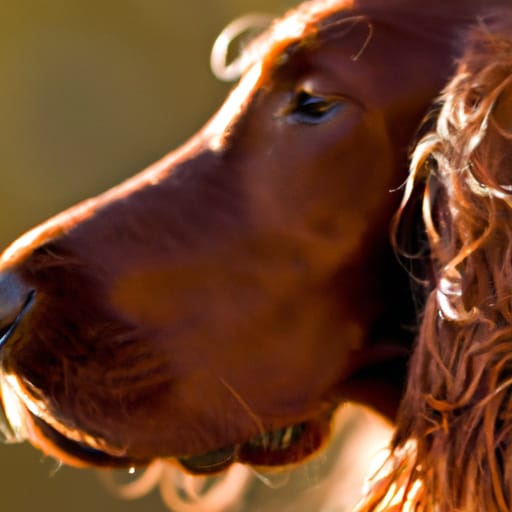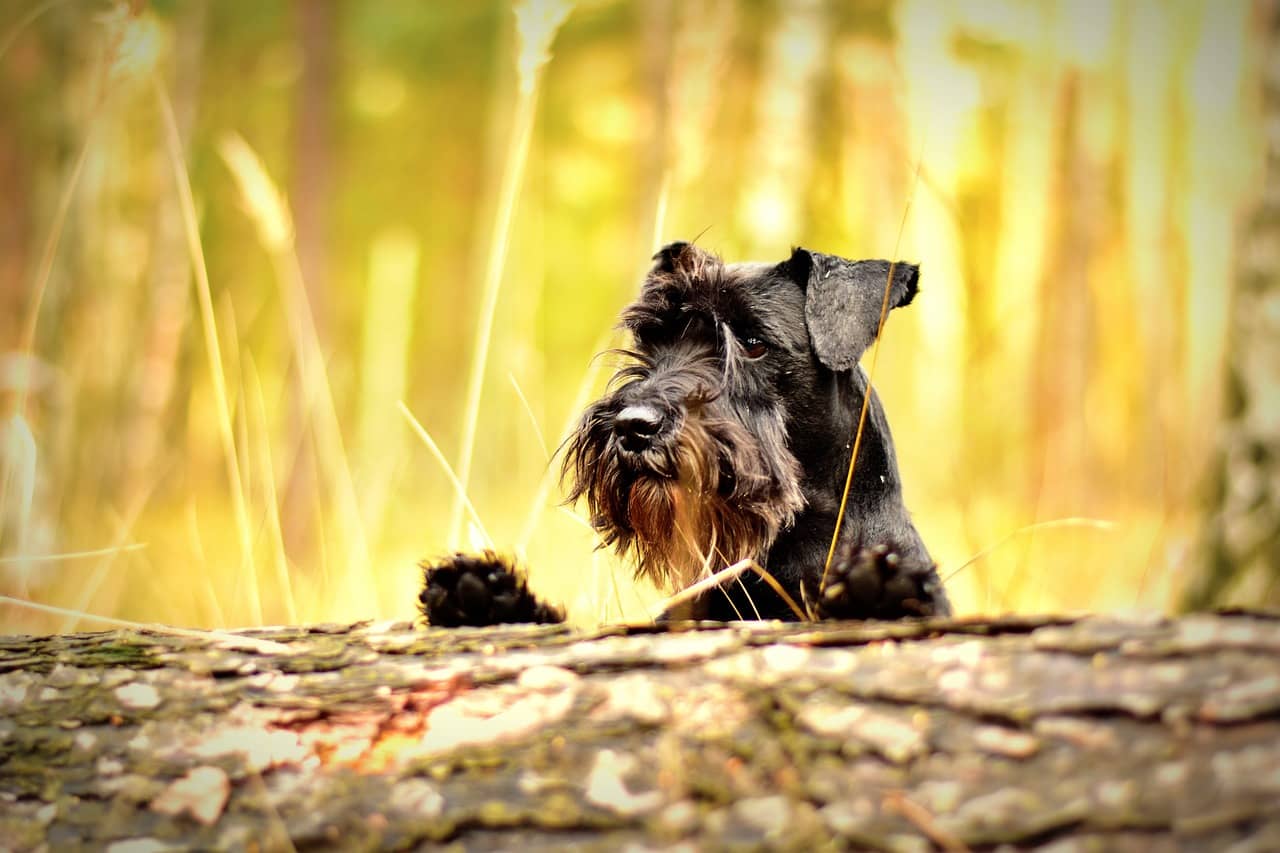Do Pomeranians Shed?🤔Pomeranian Shedding
Do Pomeranians Shed? Pomeranian Shedding is a common concern for those considering bringing one of these fluffy and adorable pups into their home. In this article, we will explore the facts about Pomeranian shedding and answer all your burning questions. From understanding the shedding cycle to learning how to manage and minimize shedding, you’ll gain valuable insights into this aspect of Pomeranian ownership. So, if you’re ready to learn more about Pomeranians and shedding, keep reading!

What is Pomeranian shedding?
Pomeranian shedding refers to the natural process in which Pomeranians lose their fur. All dogs, including Pomeranians, shed to some extent as part of their normal hair growth cycle. Shedding is influenced by various factors, such as breed, genetics, diet, and overall health. Understanding Pomeranian shedding is essential for proper care and maintenance of their coat. By following proper grooming practices, managing diet, and addressing any underlying health issues, you can minimize shedding in Pomeranians and maintain their coat in optimal condition.
Understanding Pomeranian shedding
Pomeranians have a double coat, consisting of a dense, fluffy undercoat and a longer, harsher outer coat. This double coat provides insulation and protection for the dog. The shedding process in Pomeranians involves the loss of dead or damaged hair from both the undercoat and the outer coat. Shedding can occur throughout the year but is often more noticeable during certain seasons or when there are hormonal changes.
Causes of Pomeranian shedding
Several factors can contribute to Pomeranian shedding. The most common causes include:
Seasonal changes:
Pomeranians tend to shed more heavily during the spring and fall seasons as their coat adjusts to the changing temperatures. This shedding serves to accommodate the growth of a new coat suitable for the upcoming season.
Hormonal changes:
Female Pomeranians may experience increased shedding after going through heat cycles. Male Pomeranians may also shed more when there are hormonal changes in their body.
Genetics:
Some Pomeranians are genetically predisposed to shed more than others. If your Pomeranian’s parents had a heavy shedding coat, it is likely that your Pomeranian will also shed more.
Health conditions:
Certain health conditions, such as allergies, hormonal imbalances, or parasites, can lead to excessive shedding in Pomeranians. If you notice a sudden increase in shedding, it is important to consult with a veterinarian to rule out any underlying health issues.
Frequency and duration of shedding
Pomeranians shed all year round, but the frequency and duration of shedding can vary. It is important to note that shedding is a natural process and cannot be completely eliminated. On average, Pomeranians shed moderately, with more noticeable shedding during shedding seasons.
The amount of shedding can also vary between individual Pomeranians. Some Pomeranians may have a heavier shedding coat, while others may shed less. Factors such as genetics, diet, and overall health can influence the extent of shedding in an individual dog.
Signs of Pomeranian shedding
It is important to be aware of the signs of Pomeranian shedding so that you can take appropriate measures to manage it. Some common signs include:
Excessive hair on furniture and clothing:
If you find an excessive amount of Pomeranian hair on your furniture, clothing, or other surfaces, it is likely a sign that your Pomeranian is shedding.
Visible hair loss on the Pomeranian:
If you notice patches of thinning or bald spots on your Pomeranian’s coat, it is a clear indication of shedding. This can be more noticeable in areas such as the back, tail, and hindquarters.
Increased grooming and hairballs:
Pomeranians may groom themselves more frequently during shedding periods. Additionally, you may notice an increase in hairballs, as your Pomeranian’s excess hair can be ingested during grooming.
Managing Pomeranian shedding
While shedding cannot be completely stopped, there are several measures you can take to manage it effectively. By following these tips, you can keep your Pomeranian’s shedding under control:
Regular grooming and brushing:
Regular grooming is essential for managing Pomeranian shedding. Brush your Pomeranian’s coat at least three times a week to remove loose hair and prevent it from spreading around your home. Use a slicker brush or a comb specifically designed for double-coated breeds.
Using appropriate grooming tools:
Invest in high-quality grooming tools that are suitable for Pomeranians. A slicker brush, undercoat rake, and stainless steel comb are recommended for effective shedding management. These tools help remove loose hair from both the undercoat and the outer coat.
Bathing and conditioning for a healthy coat:
Regular bathing and conditioning help to maintain a healthy coat and minimize shedding. Use a gentle dog shampoo formulated for Pomeranians and follow up with a conditioner to moisturize the coat. Avoid over-bathing, as it can lead to dryness and further shedding.
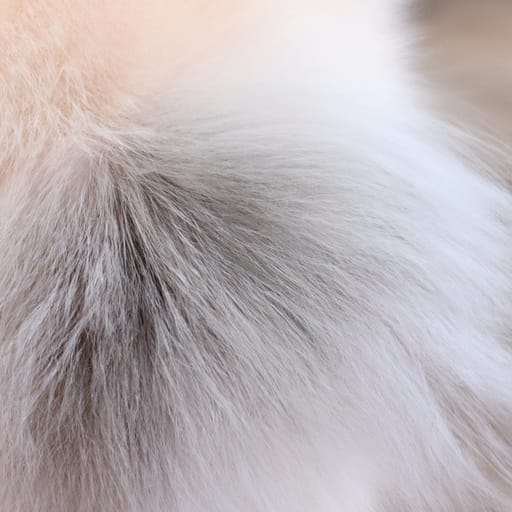
Diet and Pomeranian shedding
The diet you provide for your Pomeranian plays a significant role in their overall health, including the condition of their coat. A well-balanced diet that meets their nutritional needs can help reduce shedding. Consider the following factors when choosing a diet for your Pomeranian:
Impact of nutrition on shedding:
A diet lacking essential nutrients can contribute to poor coat health and increased shedding. Ensure that your Pomeranian’s diet is rich in high-quality proteins, healthy fats, vitamins, and minerals necessary for a healthy coat.
Choosing the right diet for reduced shedding:
Consult with your veterinarian to determine the best diet for your Pomeranian. Look for high-quality dog food brands that specifically mention healthy skin and coat on their labels. Consider foods that contain ingredients like omega-3 and omega-6 fatty acids, as these can help improve coat health.
Supplements for a healthy coat:
In certain cases, your veterinarian may recommend adding supplements to your Pomeranian’s diet to promote a healthy coat. Omega-3 fatty acids, biotin, and zinc are commonly used to support coat health in dogs. However, it is important to consult with a professional before adding any supplements to your Pomeranian’s diet.
Medical conditions and shedding
In some cases, excessive shedding in Pomeranians can be attributed to underlying medical conditions. It is important to be aware of these conditions and seek appropriate veterinary care if needed. Some common medical conditions that can cause excessive shedding include:
Skin allergies and excessive shedding:
Pomeranians can develop allergies to certain foods, environmental factors, or parasites. These allergies can cause skin irritation and lead to excessive shedding. If you suspect allergies, consult with your veterinarian for proper diagnosis and treatment.
Hormonal imbalances and shedding:
Hormonal imbalances, such as an underactive thyroid or Cushing’s disease, can cause excessive shedding in Pomeranians. If you notice persistent, excessive shedding along with other symptoms like weight gain or loss, changes in appetite, or lethargy, consult with your veterinarian for further evaluation.
Parasites and shedding issues:
Parasites like fleas, ticks, or mites can cause skin irritation and lead to excessive shedding. Regular parasite prevention and prompt treatment of any infestations are crucial in minimizing shedding caused by these pests.
Reducing Pomeranian shedding in the home
To keep your home clean and minimize the spread of Pomeranian hair, consider the following tips:
Frequent vacuuming and cleaning:
Regular vacuuming and cleaning of your home help to remove loose hair and prevent it from accumulating. Pay extra attention to areas where your Pomeranian spends most of their time, such as their bed or favorite spot on the couch.
Using lint rollers and sticky brushes:
Lint rollers and sticky brushes are handy tools for removing Pomeranian hair from clothing, furniture, and other surfaces. Keep these tools readily available to quickly remove any loose hair.
Minimizing Pomeranian access to furniture:
One effective way to reduce the amount of Pomeranian hair on your furniture is to limit their access to certain areas. Consider using baby gates or providing your Pomeranian with their own designated bed or sleeping area.
Seasonal shedding in Pomeranians
Pomeranians, like many other dog breeds, experience seasonal shedding cycles. Understanding these cycles can help you prepare for and manage shedding more effectively.
Understanding seasonal shedding cycles:
Pomeranians typically have two major shedding seasons – spring and fall. During these seasons, they shed their winter coat and grow a new one suitable for the upcoming temperatures. The shedding can be more noticeable and excessive during these times.
Preparing for shedding seasons:
To prepare for shedding seasons, it is important to be proactive in managing your Pomeranian’s coat. Increase the frequency of grooming and brushing during shedding seasons to remove loose hair. This will help minimize shedding around your home.
Tips for managing excessive shedding:
During shedding seasons, consider using a deshedding tool or an undercoat rake to remove loose hair effectively. Regular brushing will also help prevent matting and tangling, which can lead to increased shedding.
How to groom a Pomeranian
Grooming a Pomeranian requires proper techniques and tools. Follow these steps to maintain your Pomeranian’s coat in optimal condition:
Brushing techniques for Pomeranian coat:
Start by using a slicker brush to remove any tangles or mats in your Pomeranian’s coat. Once the coat is tangle-free, use a comb or a pin brush to brush through the entire coat, paying extra attention to the areas prone to matting. This regular brushing will help remove loose hair and distribute natural oils, promoting a healthy coat.
Trimming and maintaining coat length:
Pomeranians have a long, luxurious coat that requires regular trimming and maintenance. Trim the hair around the paws, ears, and tail to keep them clean and prevent matting. Be cautious when trimming to avoid cutting too close to the skin or causing any injuries.
Dealing with matting and tangles:
Pomeranians are prone to matting and tangling in their fur. Regular brushing and grooming can help prevent these issues. In case of severe matting, it is best to seek professional help from a groomer to avoid causing any discomfort or pain to your Pomeranian.
Professional grooming for Pomeranians
While regular at-home grooming is essential, professional grooming can provide additional benefits for your Pomeranian. Consider the following advantages of professional grooming:
Benefits of professional grooming:
Professional groomers have the knowledge and experience to handle Pomeranian coats effectively. They can trim and shape the coat to enhance your Pomeranian’s appearance. Additionally, professional groomers can help identify any potential health issues or abnormalities that may go unnoticed during regular grooming.
Finding a reputable groomer:
When choosing a groomer for your Pomeranian, make sure to select a reputable professional. Read reviews, ask for recommendations, and visit the grooming salon in person to ensure that they have the necessary expertise and facilities to groom Pomeranians. Communicate your expectations and any specific concerns you may have regarding shedding.
Regular grooming appointments:
Schedule regular grooming appointments for your Pomeranian to keep their coat healthy and prevent excessive shedding. The frequency of appointments may vary depending on your Pomeranian’s coat condition and the grooming requirements. Consult with your groomer to determine a grooming schedule that suits your Pomeranian’s needs.
Conclusion
In conclusion, Pomeranian shedding is a natural process that all Pomeranians go through. Shedding can be influenced by various factors, including season, genetics, diet, and health conditions. By following proper grooming practices, managing your Pomeranian’s diet, and addressing any underlying health issues, you can minimize shedding and maintain their coat in optimal condition. Remember, shedding is a natural process, and with the right tools and techniques, you can keep your Pomeranian’s shedding under control. So, embrace the shedding seasons with the knowledge and tools to keep your Pomeranian’s coat healthy and beautiful!


